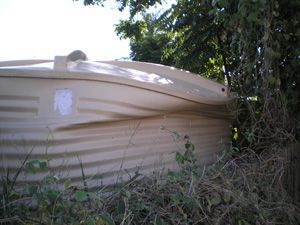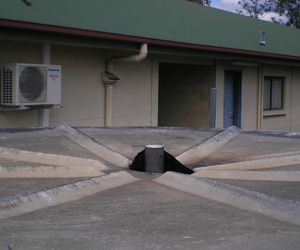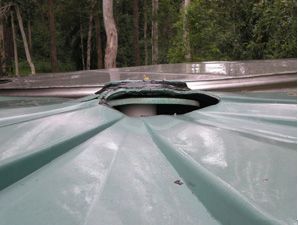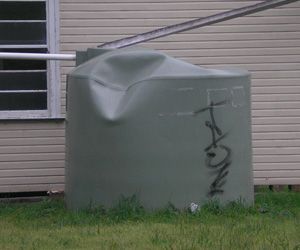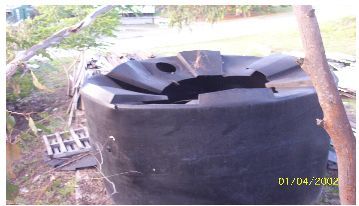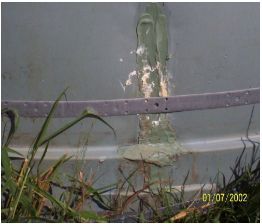Concrete vs. Plastic Rainwater Tanks in NSW
Health reasons why you should choose an Inground Concrete Rainwater Tank over a Plastic Tank.
- Rainwater is naturally acidic, and a healthy diet should be slightly alkaline. Rainwater stored in a plastic tank remains acidic.
- On the other hand, rainwater stored in a Concrete Tank, which is naturally alkaline, will neutralise the acidic rainwater.
- Copper Poisoning is another harmful side effect, as published by ABC. The following article explains how Copper Poisoning occurs due to acid rainwater stored in plastic tanks:
- "Copper poisoning linked to plastic water tanks," published 26/11/10 by the ABC.
- Heat and sunlight turn the water off. It promotes algae and bacteria growth, which can cause ill health in many ways. The water stored in a plastic tank will be affected by sunlight and heat, as well as the plumbing connection of an above-ground plastic tank. As the pipes are also in the sun with water left in the downpipes, sometimes for weeks, if there is no rainfall, this will promote algae growth the quickest.
- The water in an underground concrete Tank is kept cool and dark below ground and, in our case, in 125mm thick concrete walls so that no algae will grow. Also, the downpipes go straight down into the ground, and all the plumbing is concealed underground. No water will be left sitting in pipes.

